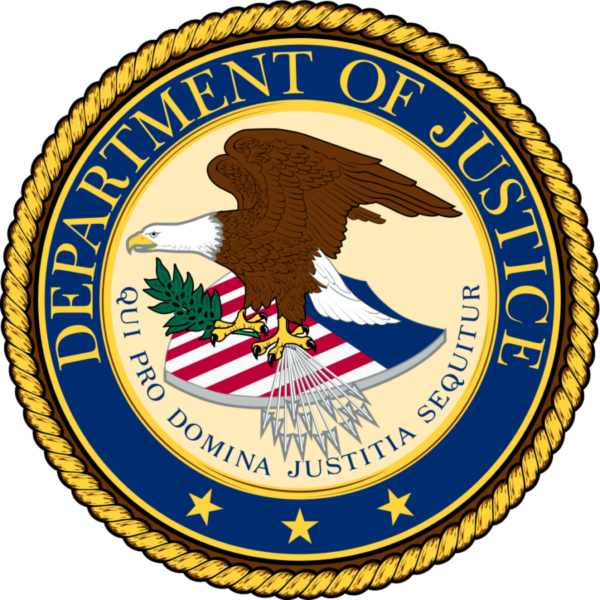Highlights
The numbers for human trafficking seem low compared to the scope of the problem.
Out of those charged 68% had no prior convictions.
Due to the complex nature of the crime, traffickers often operate under the radar, and those trafficked are not likely to identify as victims.
Author
Leonard Adam Sipes, Jr.
Retired federal senior spokesperson. Thirty-five years of directing award-winning public relations for national and state criminal justice agencies. Interviewed multiple times by every national news outlet. Former Senior Specialist for Crime Prevention for the Department of Justice’s clearinghouse. Former Director of Information Services, National Crime Prevention Council. Former Adjunct Associate Professor of Criminology and Public affairs-University of Maryland, University College. Former advisor to presidential and gubernatorial campaigns. Former advisor to the “McGruff-Take a Bite Out of Crime” national media campaign. Certificate of Advanced Study-Johns Hopkins University. Former police officer. Aspiring drummer.
Author of ”Success With The Media: Everything You Need To Survive Reporters and Your Organization” available at Amazon and additional booksellers.
Article
What’s below comes from Human Trafficking Data Collection Activities, 2023 from the Bureau of Justice Statistics of the US Department of Justice.
Out of those charged 68% had no prior convictions which I find astounding because I’m used to looking at arrest and prosecution data indicating that almost all offenders had criminal history convictions.
Consider the following:
The 369,200 persons admitted to state prison in 34 states had an estimated 4.2 million prior arrests.
Persons admitted to state prison had a median of nine prior arrests.
78 percent of inmates had previous incarcerations. Forty-two percent had 5-10 or more incarcerations. 62 percent were violent.
Admittedly, the numbers above address those convicted, not those charged. Nevertheless, if 68% of those charged with human trafficking had no prior convictions, it has implications for investigators. How can you be involved in human trafficking without a criminal history of convictions?
The Numbers Seem Low
If you are concerned that there were only 1,197 defendants charged with any of the three types of human trafficking offenses in the US for fiscal year 2021, consider that there were only 5,577 convictions related to human trafficking in 2022 worldwide. The numbers were higher before COVID.
Why Are Prosecutions So Low? ICE
Due to the complex nature of the crime, traffickers often operate under the radar, and those trafficked are not likely to identify as victims, often blaming themselves for their situation. This makes it more difficult to identify the crime because victims rarely report their situation. Often victims are misidentified and treated as criminals or undocumented migrants. In some cases, they are hidden behind doors as domestic help in a home. In other cases, victims live in plain sight and interact with people daily, yet they experience commercial sexual exploitation or forced labor under extreme circumstances in public settings such as exotic dance clubs, factories or restaurants and are not identified due to a lack of identification training and awareness.
The Report-Bureau Of Justice Statistics
The Combat Human Trafficking Act of 2015 requires the director of the Bureau of Justice Statistics (BJS) to prepare an annual report on human trafficking.
The report must include information on the following:
Arrests for human trafficking offenses by state law enforcement officers
Prosecutions of individuals in state courts for human trafficking offenses
Convictions of individuals in state courts for human trafficking offenses
Sentences imposed on individuals convicted in state courts for human trafficking offenses.
At the federal level, human trafficking offenses are defined according to federal statutes, including peonage, slavery, forced labor, sex trafficking, sexual exploitation and other abuse of children, and transportation for illegal sexual activity and related crimes. The classification of human trafficking offenses varies among state and local jurisdictions.
The number of persons investigated and prosecuted for a human trafficking offense increased from fiscal year 2011 to 2021. A total of 2,027 persons were referred to U.S. attorneys for human trafficking offenses in fiscal year 2021, a 49% increase from the 1,360 persons referred in 2011.
The number of persons prosecuted for human trafficking more than doubled from 2011 to 2021 (from 729 persons to 1,672 persons, respectively). The number of persons convicted of a human trafficking offense increased from 464 persons in 2011 to 809 persons in 2021.
Of the 1,197 defendants charged with any of the three types of human trafficking offenses in fiscal year 2021:
92% were male
60% were white
20% were black
16% were Hispanic
95% were U.S. citizens
68% had no prior convictions
Of the 201 defendants charged with peonage, slavery, forced labor, and sex trafficking, 77% were male and 58% were black.
In comparison, of the 582 defendants charged with sexual exploitation and other abuse of children, 92% were male and 72% were white.
Chart
Privacy Policy
We do not collect your personal information. See our privacy policy at “About This Site.”
See More
See more articles on crime and justice at Crime in America.
Most Dangerous Cities/States/Countries at Most Dangerous Cities.
US Crime Rates at Nationwide Crime Rates.
National Offender Recidivism Rates at Offender Recidivism.
The Crime in America.Net RSS feed (https://crimeinamerica.net/?


